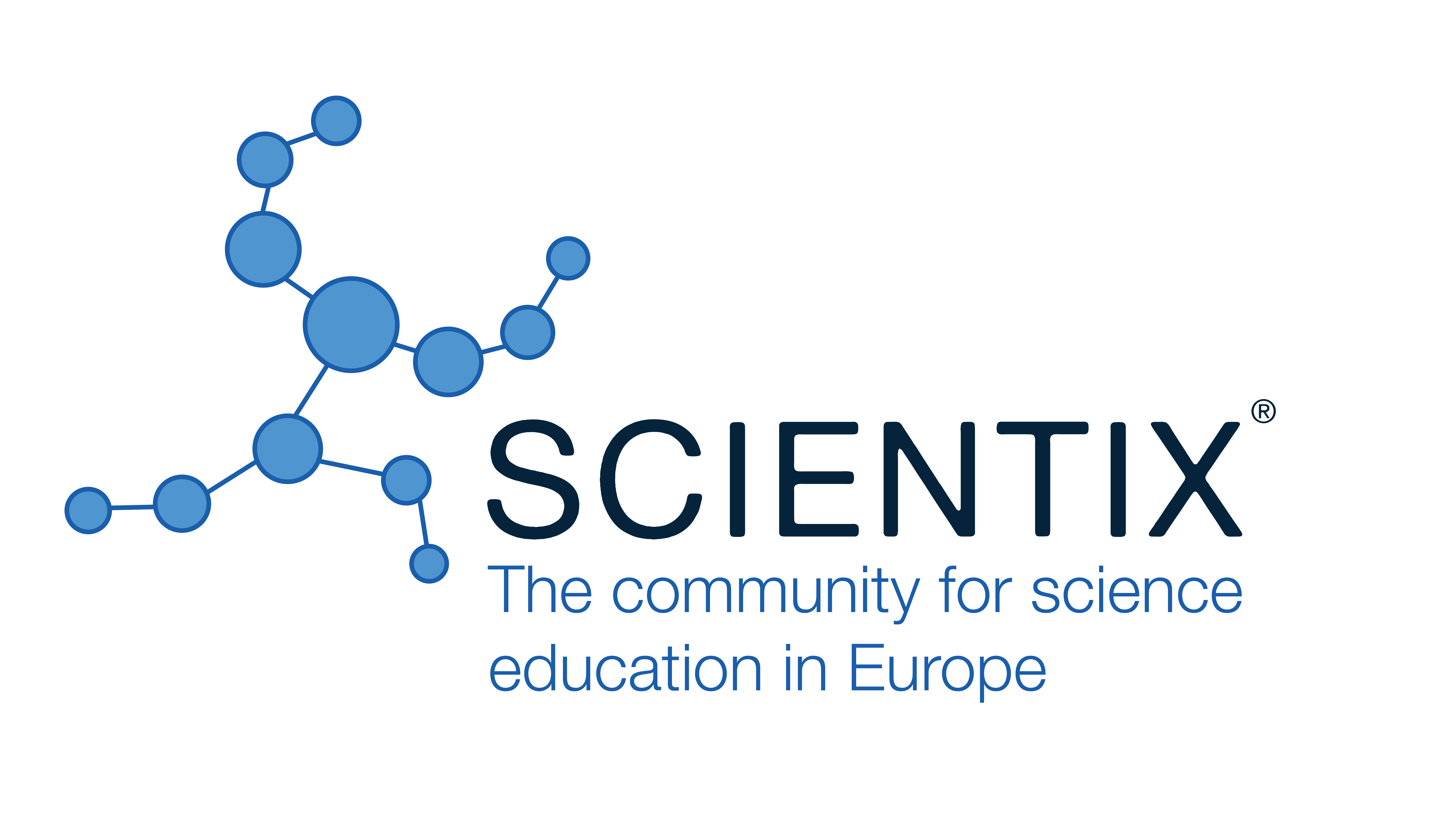Intelligent Single Agent Optimizer for Determining the Difficulty Level of a Question
Surajit Das, Moscow Institute of Physics and Technology (India)
Aleksei Eliseev, Moscow Institute of Physics and Technology (Russian Federation)
Abstract
The direction of the future education is governed by multiple degrees of freedom namely autonomous intelligent tutoring, integration of generative AI (large language model), multi-modal data analyzer, etc. The level of difficulty of a question, determined by the human, cannot not be impartial because the outcomes are relative as many persons work with different inherent perceptions, emotions etc. which dominate the human activity in the subconscious mind. The Intelligent tutoring system has drawn the attention of researchers in recent years and determining the difficulty level of a question by using machine learning comprises many factors and largely dependent on NLP. If we consider a mathematical problem chosen from the domain of algebra, to ensure that the influence of literature or language complexity is nil, the challenge is how artificial intelligent would act to find the level of difficulty [2] as an intelligent autonomous agent to optimize outcome of tagging question with an appropriate level of difficulties considering the dynamics behind the process with a widely acceptable methodology which is explainable scientifically. In this research we use a reinforcement learning model in order to explore mean-variance trade off in the framework of Markowitz [1] Portfolio Optimization and the primary success rate is 97 % (approx).
|
Keywords |
Difficulty Level, Question Evaluation, Intelligent Tutor |
|
References |
[1] Jacobs, B.I., Levy, K.N. and Markowitz, H.M., 2005. Portfolio optimization with factors, scenarios, and realistic short positions. Operations Research, 53(4), pp.586-599. [2] AlKhuzaey, S., Grasso, F., Payne, T.R. and Tamma, V., 2023. Text-based Question Difficulty Prediction: A Systematic Review of Automatic Approaches. International Journal of Artificial Intelligence in Education, pp.1-53 |
 The Future of Education
The Future of Education





























